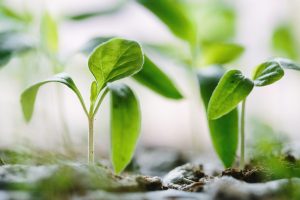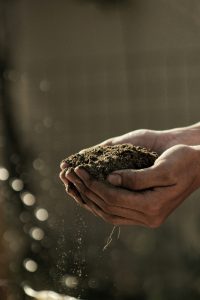In this article, “Can I Compost Ivy And Other Invasive Plants?”, we explore the possibilities and challenges of composting those pesky, hard-to-manage plants that seem to take over our gardens. Known for their tenacity and rapid growth, invasive species like ivy often leave us wondering if they can be safely added to our compost piles. We’ll delve into the nuances of composting these plants, offering tips and insights on how to manage them responsibly without unwittingly spreading them further. Let’s unlock the secrets to turning our invasive greens into garden gold! Have you ever wondered, “Can I compost ivy and other invasive plants?” If you’re nodding your head right now, you’re not alone. Many of us are passionate about gardening and composting, and we often face this tricky question. Today, let’s explore whether it’s feasible, safe, and environmentally responsible to compost ivy and other invasive plants in our green spaces.
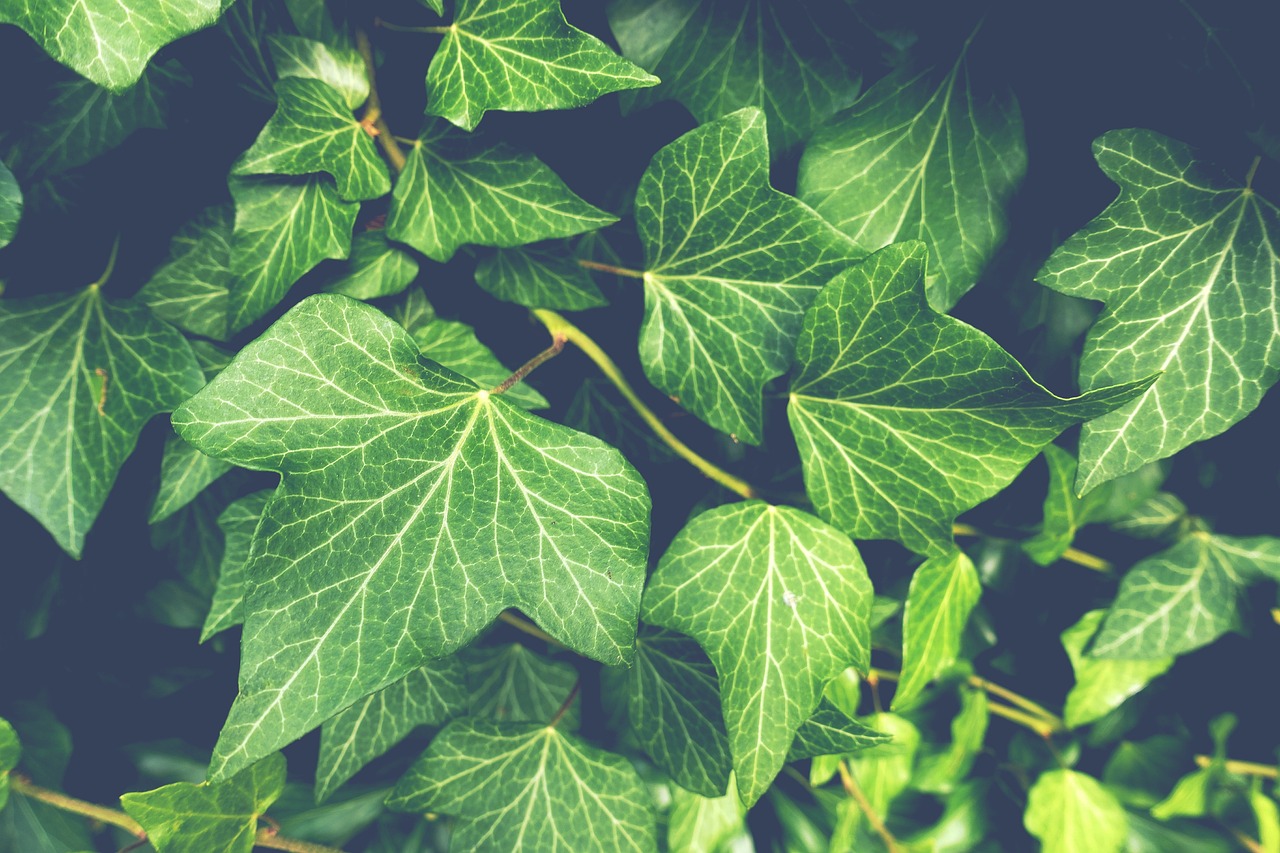
What Is Composting?
Composting is Mother Nature’s way of recycling. It’s the process of transforming organic waste materials such as kitchen scraps, yard waste, and sometimes, even paper, into nutrient-rich compost. This compost, often referred to as “black gold,” enriches our soil, boosts plant growth, and helps us minimize landfill waste.
Why We Compost
We choose to compost for many compelling reasons. For one, it reduces the amount of waste we send to landfills. Additionally, composting produces a valuable end product that enhances soil health, improves its structure, and encourages beneficial microorganisms to flourish. By composting, we’re also taking meaningful steps to reduce our carbon footprints and foster a more sustainable ecosystem.
Invasive Plants: An Overview
Invasive plants like ivy can be problematic. They spread rapidly and outcompete native species, often disrupting local ecosystems. Understanding the nature of these plants is essential if we want to find ways to manage them responsibly in our gardens and compost piles.
What Are Invasive Plants?
Invasive plants are non-native species that spread aggressively, often to the detriment of local ecosystems. They monopolize resources such as water, nutrients, and sunlight, leaving native plants struggling to survive. Some common invasive plants include English ivy, Japanese knotweed, and bamboo.
| Invasive Plant | Characteristics | Common Areas Found |
|---|---|---|
| English Ivy | Rapid growth, dense foliage | Urban areas, gardens, woodlands |
| Japanese Knotweed | Hollow stems, dense clumps | Riparian zones, roadside |
| Bamboo | Fast-growing, spreads via rhizomes | Gardens, forest edges |
Why Are They Problematic?
Invasive plants pose several significant problems. First, they can wreak havoc on biodiversity by outcompeting native plants. Second, they can alter soil composition and hydrology, negatively affecting local wildlife. Finally, invasive plants often require labor-intensive management and can be costly to control.
Composting Invasive Plants: The Good, Bad, and Ugly
Let’s dive into the specific issues surrounding the composting of invasive plants like ivy. While composting is generally beneficial, it becomes tricky when dealing with invasive species.
The Risks Involved
Composting invasive plants can be risky because these species often have robust reproductive systems. For instance, ivy can regrow from tiny stem fragments, while knotweed can resprout from mere root pieces. If we don’t manage the composting process carefully, we might end up spreading these troublesome plants even further.
Ways to Mitigate the Risks
Given the potential risks, it’s crucial to follow specific guidelines when composting invasive plants. One effective method is hot composting, which involves maintaining high temperatures (between 130 and 160 degrees Fahrenheit) to kill seeds, roots, and other reproductive parts. This process requires turning the compost frequently and monitoring temperatures closely.
The Hot Composting Method
Implementing the hot composting method can help mitigate the risk of propagating invasive species. Hot composting accelerates the decomposition process and ensures that harmful pathogens and resistant plant parts are inactivated.
| Steps of Hot Composting | Description |
|---|---|
| Collecting Materials | Gather green (nitrogen-rich) and brown (carbon-rich) materials. |
| Shredding Materials | Shred all compostable materials to speed up decomposition. |
| Piling and Layering | Layer green and brown materials evenly, maintaining moisture levels. |
| Maintaining High Temperatures | Keep the temperature between 130-160°F by turning the pile regularly and maintaining moisture. |
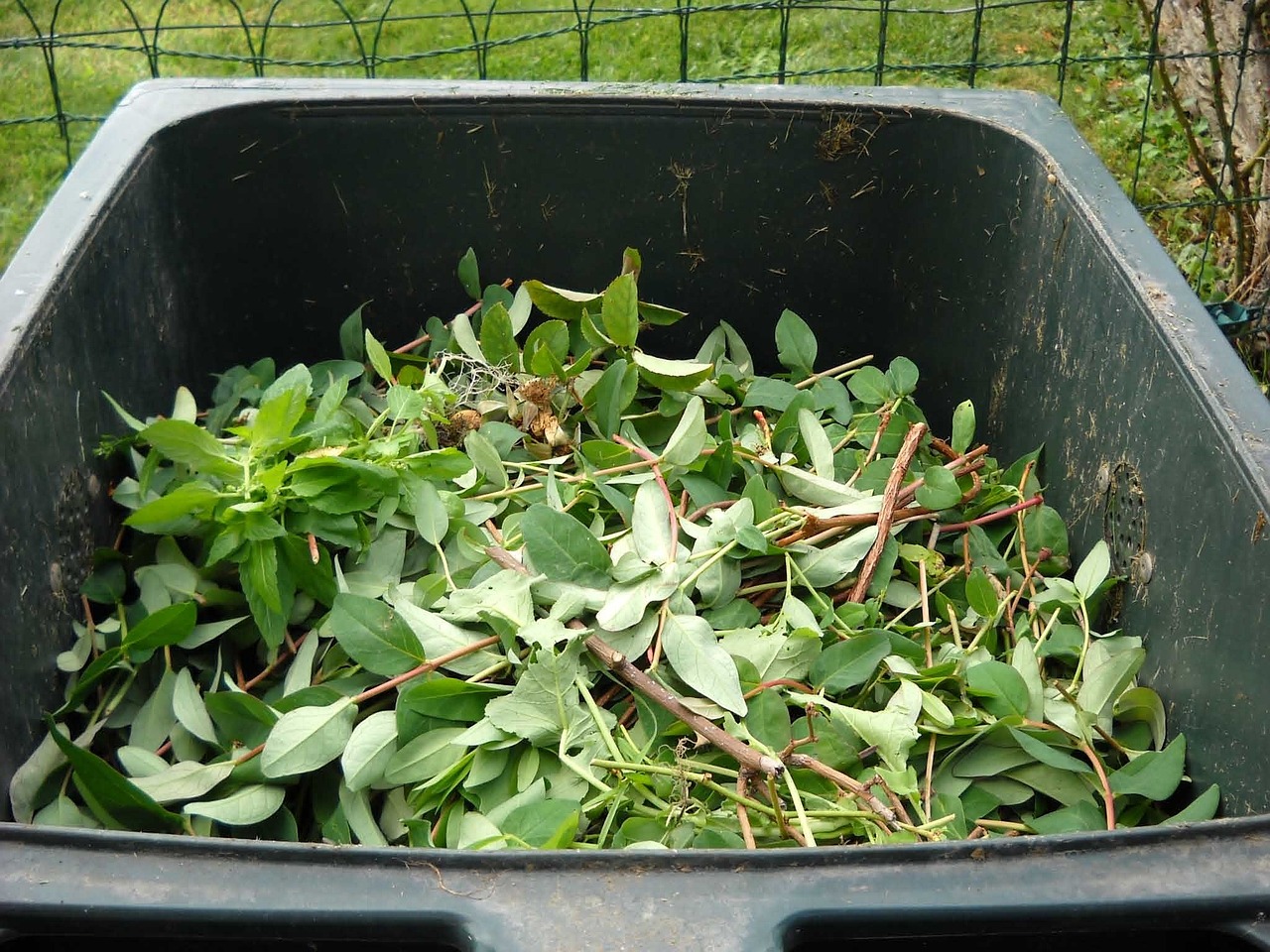
Specific Guidelines for Composting Ivy
Ivy is a particularly tenacious invasive plant. If we decide to compost it, we need to take extra care. Let’s explore some detailed guidelines to help us do this effectively.
Preparing the Ivy
Before adding ivy to the compost pile, we must thoroughly prepare it. This involves shredding the plant into small pieces to increase its surface area, which can help speed up decomposition. Always wear gloves and use appropriate tools to handle the ivy safely.
Ensuring High Temperatures
As previously mentioned, maintaining high temperatures in our compost pile is crucial when dealing with invasive plants. Regularly turn the pile and use a compost thermometer to ensure that it consistently reaches the required temperature range. If the pile falls below the necessary temperature, consider adding more green materials to boost microbial activity.
Monitoring and Maintenance
Regularly check the compost pile to ensure it remains hot and decomposes uniformly. Turn the pile weekly, ensuring that all materials are exposed to the high temperatures. Maintaining proper moisture levels is also essential, so water the compost when it appears dry.
Post-Composting Precautions
Once the composting process is complete, it’s important to take specific precautions before using the resulting compost. Carefully inspect the compost for any non-decomposed ivy fragments or seeds and remove them. To be extra cautious, consider using the compost only on non-sensitive areas such as pathways or ornamental flower beds rather than in vegetable gardens.
Alternative Methods to Manage Invasive Plants
If composting invasive plants seems too risky, there are alternative methods to consider. These can help us manage these plants responsibly without risking further spread.
Solarization
Solarization involves placing infested plant material under a clear plastic sheet and exposing it to direct sunlight. The high temperatures generated under the plastic can kill seeds, roots, and other reproductive structures.
Burning
Burning invasive plant material is a highly effective method. However, it requires proper safety measures and often requires permits and adherence to local regulations.
Landfilling
As a last resort, we can dispose of invasive plants in landfills. This method ensures that these species are contained and don’t get a chance to spread. Make sure to bag them securely before disposal to prevent any escape during transport.
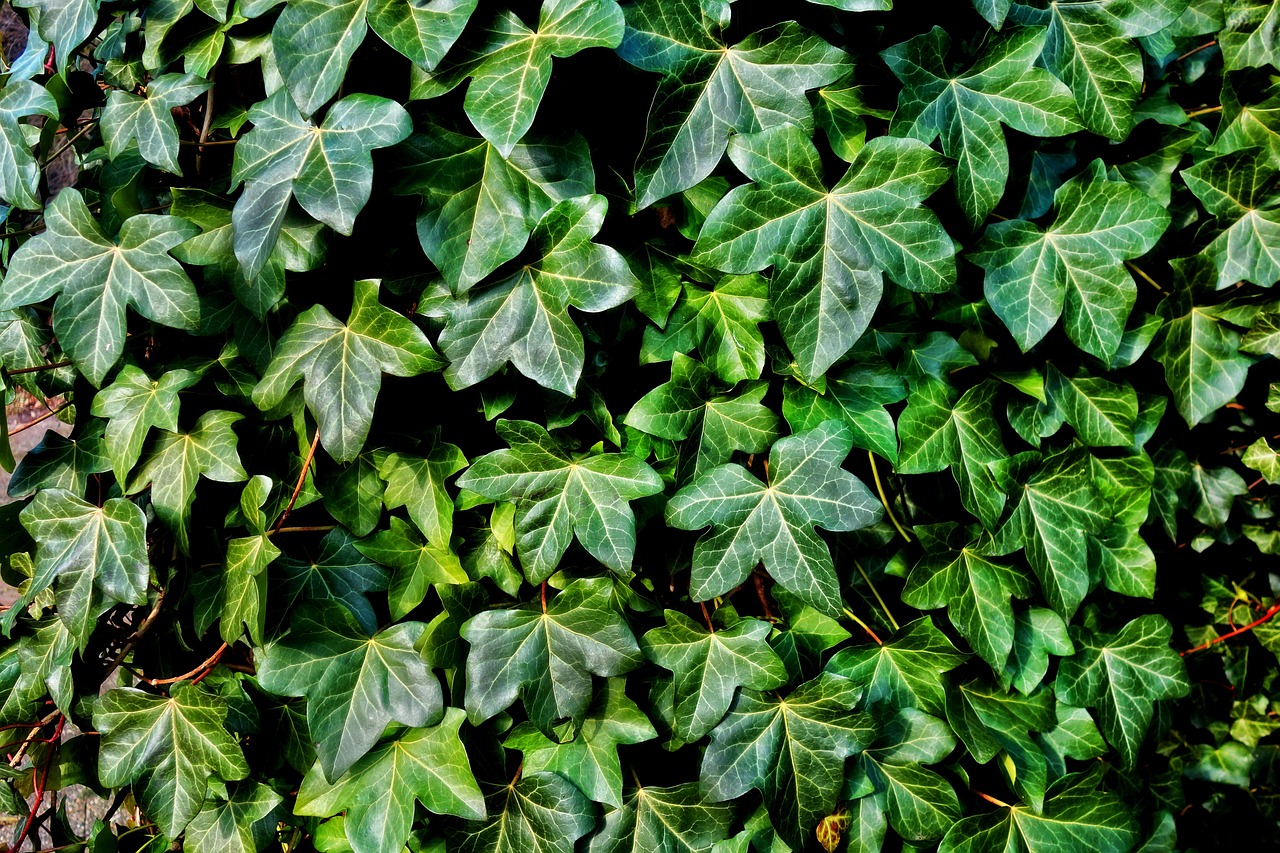
Key Takeaways: Composting Ivy and Other Invasive Plants
When handling invasive plants like ivy, careful planning and management are crucial. While composting is a fantastic way to recycle organic waste, it’s essential to implement strategies such as hot composting to ensure we do not unintentionally promote the spread of invasive species. For those of us looking for alternative methods, practices like solarization, burning, and landfilling can be effective in managing these tenacious plants.
Pros and Cons Summary
Here’s a quick summary to help us decide the best approach for composting and managing invasive plants:
| Method | Pros | Cons |
|---|---|---|
| Hot Composting | Environmentally friendly, creates compost | Requires monitoring and maintenance |
| Solarization | Effective, utilizes natural sunlight | Time-consuming, requires ample sunny space |
| Burning | Highly effective | Requires permits, safety concerns |
| Landfilling | Ensures containment | Not environmentally friendly, last resort |
Final Thoughts
Composting ivy and other invasive plants can be a complex endeavor, but it’s certainly not impossible. With careful preparation, diligent monitoring, and a willingness to explore alternative methods, we can manage these plants responsibly in our gardens. Let’s continue to embrace sustainable practices and share our experiences to foster a healthier, greener environment for future generations.
If you have any questions or tips to share, feel free to join the conversation in the comments below. Together, we can make our world a little greener, one compost pile at a time. Happy composting!

